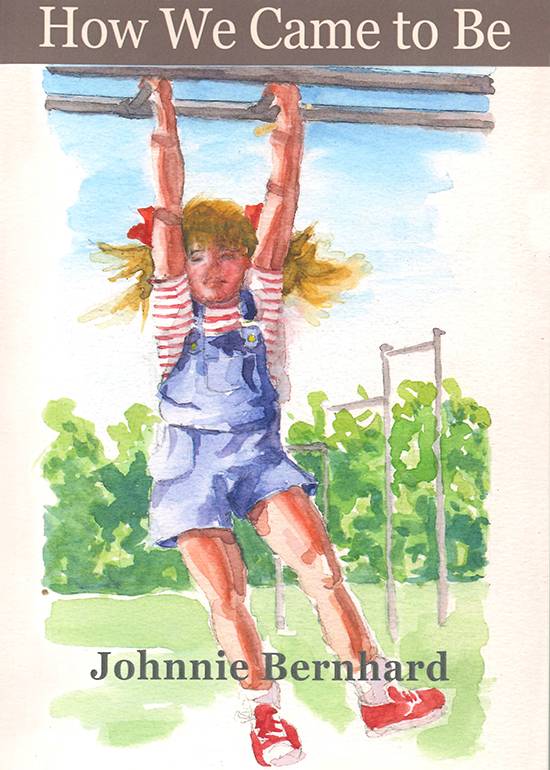Run The World (Girls)

How We Came to Be
By Johnnie Bernhard
Huntsville: Texas Review Press, 2018.
228 pp. $18.95 paperback.
Reviewed by
Yesenia Medina
How We Came to Be by Johnnie Bernhard revolves around the seemingly average life of fifty-year-old Karen Anders in Houston, Texas. Her days are repetitive: she clocks-in as an English teacher, clocks-out to go home to an irritable teenager, and drinks before passing out. After her daughter, Tiffany, leaves for university, Karen meets her next-door neighbor, Leona. Bernhard recognizes that readers connect and understand these types of inevitable changes.
The novel starts with Karen coping with being alone for the first time in two decades. Tiffany’s absence leads her to drink. At first, she uses alcohol to unwind, beginning with a glass but slowly increasing the amount. Bernhard handles the escalation well. As Karen begins to ignore heeds of warning, suspense grows. Although I know her sobriety is heading wayward, I hope she’ll turn it around. I’m in denial alongside her and don’t realize she’s passed the threshold of alcoholism until she has come to terms with it. Then, as soon as her life is heading uphill, turmoil hits. Her daughter isn’t communicating with her, and she’s drowning her sorrows in booze and pills. The final straw is when her neighbor, Leona, confronts her with her faults. “I try to wave and smile at your perfect yard every morning, every evening” Karen rebuts, in distress. “How dare you call me a mess. As if, as if I didn’t know I was.” She is the underdog readers root for because they understand her completely. She’s not perfect. She’s a middle-aged woman who is still figuring life out.
Tiffany, on the other hand, is harder to connect with because she’s a snarky teen. Her character’s dialogue, at times, can be off putting. Her lines come across as forced and stereotypical: “That’s right, Karen. Make him a clone of you” and “Don’t start, Karen. I’m going back to bed.” Her goal, like her mom’s, is to show how chaotic life is when you strike out on your own. Except, in her case, there is no development. She is not trying to better herself, and there are no ups, just downs. She is rude, unresponsive, and unappreciative throughout the novel. She is not the supporting hero Bernhard wants her to be, which is disappointing because she is a character I also want to support.
Despite some of its darker tones, How We Came to Be approaches these situations with humor. Karen’s playful sarcasm makes her conversations with Tiffany entertaining, and her honesty comes off as adorably sweet, like when she asks Leona to be her friend. “I need a friend. Well, I think I need a mother. I’m sorry. That’s too much to put out there.” Whenever she wants to remember something for the future, she creates mental sticky notes, which can be understood by teachers everywhere. Then, there’s Leona who helps Karen throughout her attempts to put solid feet on the ground. Her stern, motherly attitude provides hope and soft smiles.
As the novel continues, Tiffany finds herself failing her freshman year at university and entering an unloving relationship, while Karen does everything in her power to push her in the right direction. The ending is happy and wraps up everyone’s struggles neatly. Usually, I love such endings, but the characters were so much about overcoming and fighting obstacles that I expected the beginning of a resolution and not a magic fix for some of their major problems. Nevertheless, Bernhard finishes with an uplifting message that we can all take to heart: “Families are messy. Some days we’re off track, just like every other family in the world. We’re trying to stay afloat in the same lifeboat. No one can bail out in a storm, least we all go overboard.”
Yesenia Medina-Jaramillo is a graduate student in the Department of Curriculum and Instruction at Texas State University..
